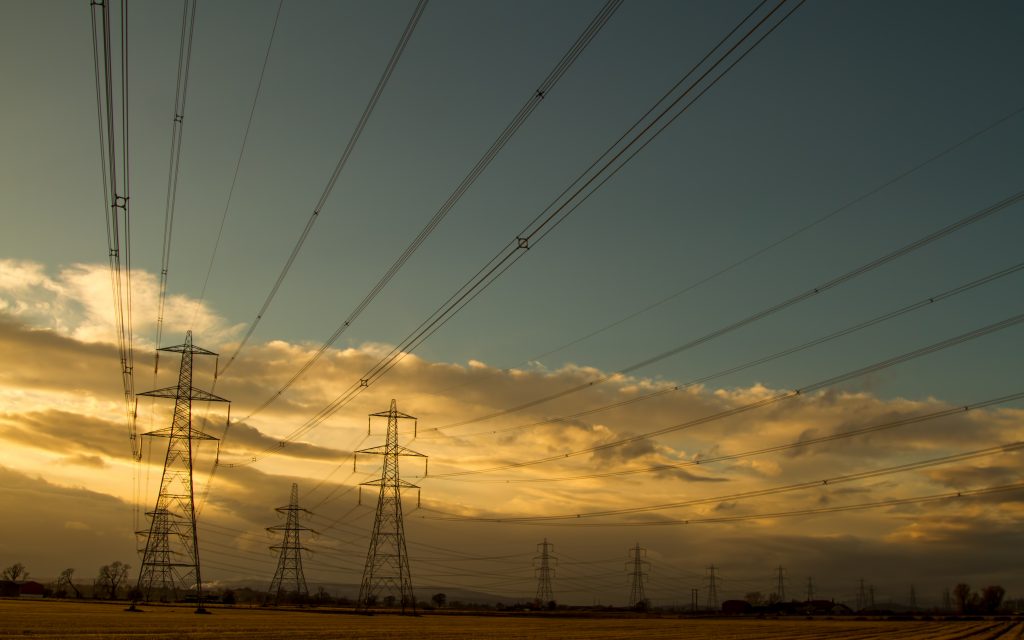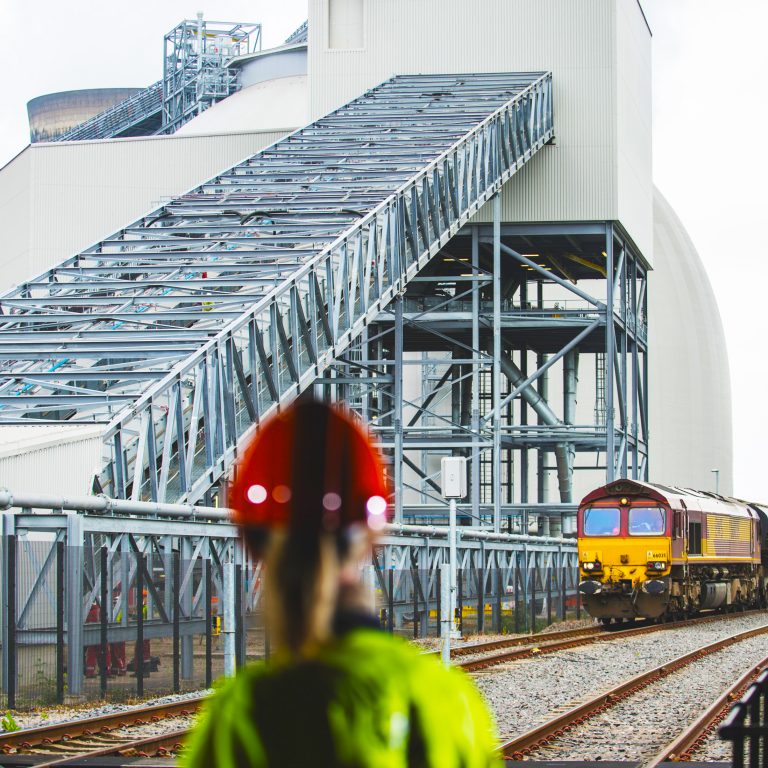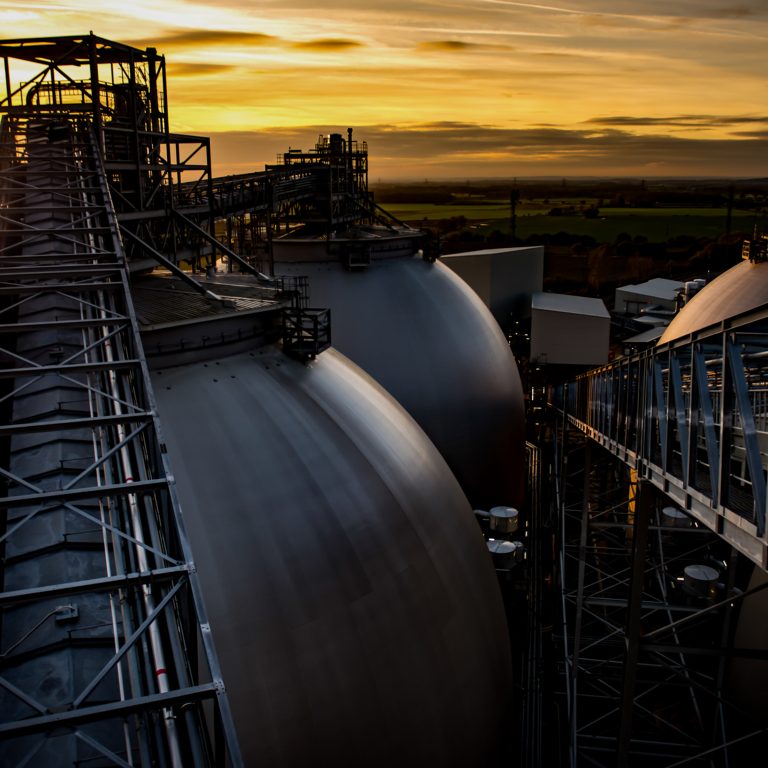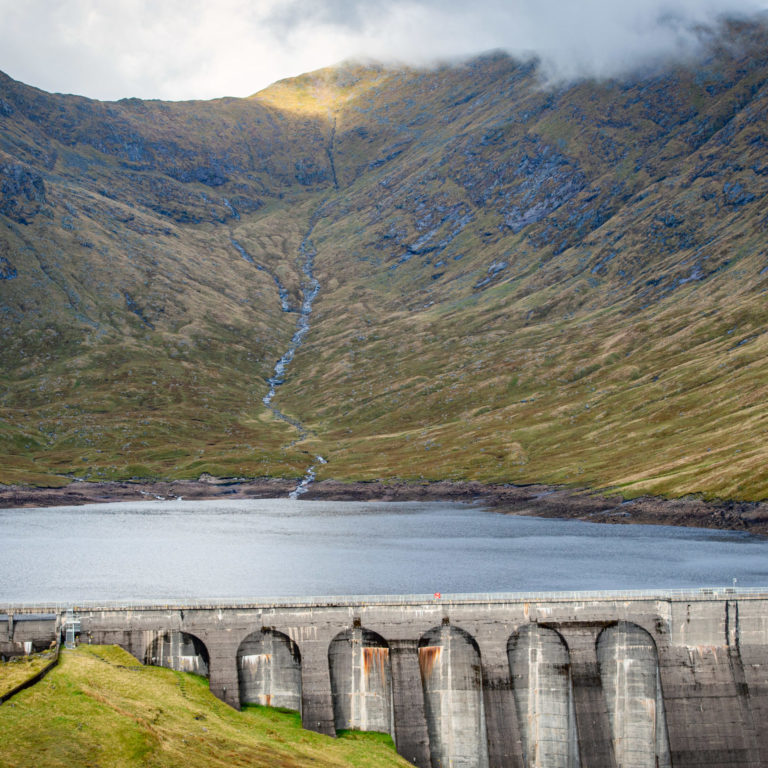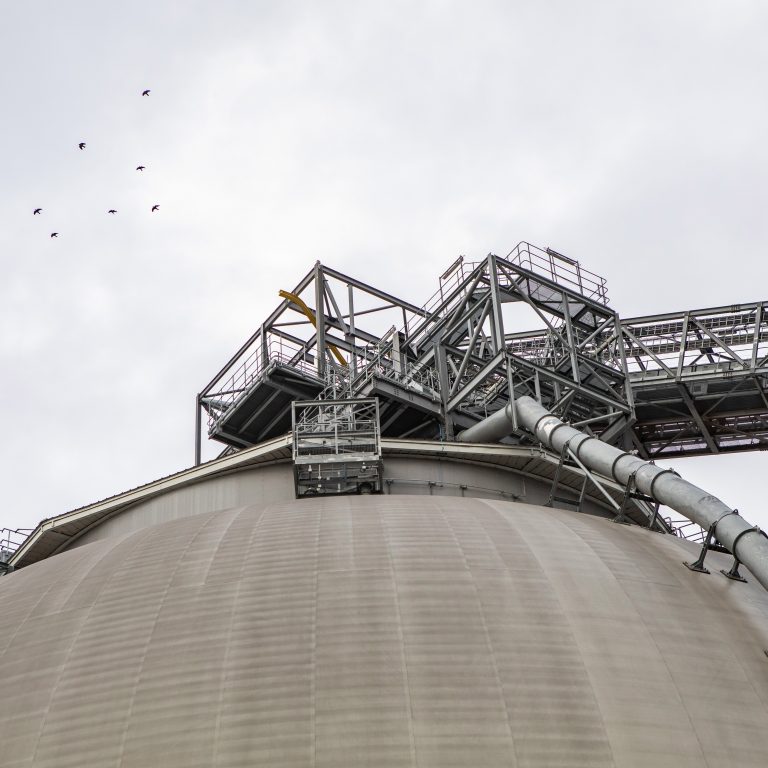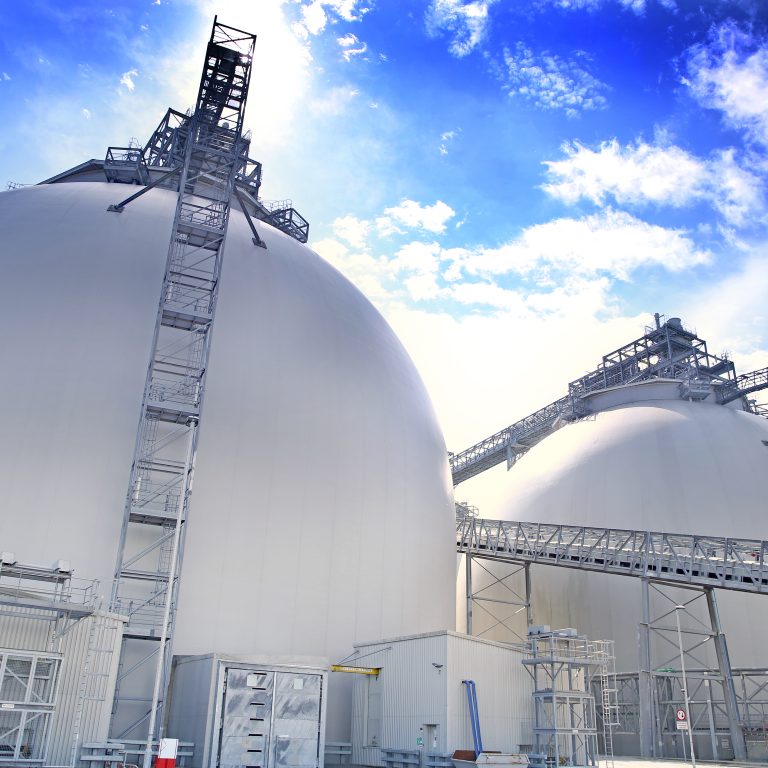Britain is in the middle of a transition. While at one point it was the centre of the global coal industry, it’s now pushing further towards renewable resources. But 2016 has been a tumultuous year marked by political changes that have sent shock waves through the whole country. The energy industry is no exception – but that is not to suggest it’s on shaky ground.
Here we look at some of the year’s major events and how they’ve affected the energy landscape.
Leaving Europe
Britain’s vote to leave the EU could have a major impact on the domestic energy landscape. Europe has played a central role in setting emissions targets for power stations, promoting renewable technologies and trading carbon. The UK also benefits from being in the Single Energy Market, where energy market rules and regulations are harmonised across a number of European countries. A post-Brexit resolution to these issues is likely to remain uncertain for some time.
As Drax CEO Dorothy Thompson told a conference in Florida in late September:
“It will take a number of years for the UK to actually exit the EU, and we think politicians on all sides will push for an orderly departure.”
Implementing the Paris Agreement
Following last year’s Paris Agreement on Climate Change, the UK Government demonstrated its commitment to being a world leader in clean energy by setting its Fifth Carbon Budget. The Budget, initially proposed by the independent advisory body the Committee on Climate Change, sets a cap on the UK’s greenhouse gas emissions for the period 2028-2032. The cap is ambitious and would require the UK to reduce its emissions to a level 57% lower than they were in 1990. The Government is working on a new Emissions Reductions Plan that will map out how it intends to meet this goal and accelerate decarbonisation in the power, heat, transport and agricultural sectors.
Political change
The reshuffle following Theresa May’s election as Conservative Leader and therefore Prime Minister also marked the end of the Department of Energy and Climate Change (DECC), previously responsible for overseeing the country’s energy policy and its transition towards greener, more renewable energy sources. While the decision raised concerns in some quarters over the Government’s commitment to decarbonisation, placing energy policy at the heart of a modern industrial strategy under the new Department for Business, Energy and Industrial Strategy could reap dividends in the long-term.
Green light for Hinkley Point
Perhaps the single most highly scrutinised energy issue of the year, and an indirect fallout of the summer’s political drama, was the Government delaying its approval of the planned Hinkley Point C nuclear power station.
The project backed by EDF and Chinese investors was, when first announced by the French government-controlled energy company in 2007, due to be generating electricity by the festive period just a decade later.
Jumping ahead to 2016 and having been approved by Theresa May two months’ later than the industry anticipated, expectations are that the development is unlikely to cook its first Christmas turkey until 25th December 2025 – at the very earliest. This raises serious questions over what will fill the gap left by aging nuclear power stations that are due to close over the next few years. This said, delays to Hinkley Point C present an opportunity for alternative energy sources such as offshore wind, solar and compressed wood pellets to make their case to work together as smart, affordable solutions that could be in place well ahead of 2025.
Whole system costs
The research and thinking around the issue of whole system costs continued to grow. A series of reports from NERA Consulting and Imperial College London showed that intermittent technologies such as wind and solar make managing the national energy grid more expensive in the absence of flexible, dispatchable technologies like biomass. It is only when these hidden costs are taken into consideration that we can truly understand the affordability of different energy technologies.
Recognising the importance of this issue to good policy making, the Government has commissioned its own research on whole system costs, which is due to be published later this year.
Coal closure
2016 saw some important landmarks in Great Britain’s history as a coal-using nation. A 12-hour stretch in May this year was the first time since 1882 – the year GB’s first coal-fired power station went online – that the country was powered for more than half a day completely by other fuels.
Plans outlined last year by then Energy Secretary Amber Rudd had aimed to ban unabated coal power stations by 2025. This year has already seen coal-fired casualties. Full or partial closures of five major coal burning power plants in Great Britain have taken place in 2016: Ferrybridge, Longannet, Rugeley, Fiddler’s Ferry (some units of SSE’s north west coal station will remain active until next year) and Eggborough (re-opened in late September for the winter 2016/17). By the end of 2016, the equivalent of between two and three Hinkley Cs (8 GW) will have come off the system.
While Rudd’s plans still stand, delays to Hinkley Point C and a lack of new flexible power stations being built in Great Britain means that the Government will need to think carefully about how to get coal off the grid in an orderly fashion to avoid a capacity crunch in the early 2020s.
Ancillary = essential; Capacity crunched
Despite the strides made by renewables over the course of the year and the recent boon to the nuclear sector’s future, GB power infrastructure badly needs flexible fuels. The ability to generate more power – or less – in mere seconds when the country demands it is becoming increasingly important with the growth of wind and solar power.
As more offshore wind arrays are constructed and solar farms and roofs proliferate, there are an increasing number of gaps in our electricity supply being filled by power sources that can be dialled up and down when the wind doesn’t blow and the sun doesn’t shine. While Drax and two planned power projects in the North East of England (Lynemouth and MGT Teeside) are turning to a coal-to-biomass conversion and a new build biomass combined heat and power plant to meet these needs, the Government continues to look for ways to encourage companies to build new gas power stations as well as emerging battery storage technologies. A critical route to incentivising these technologies is the not-very-aptly-named ancillary services market. It involves the high voltage electricity system operator in Great Britain, the National Grid, buying services to ensure the lights stay on, the increasingly electric transport sector keeps running and our high-tech world of work stays online.
Energy future
So far there have been some very big changes over the course of the year. However the energy ecosystem in Great Britain should be robust and flexible enough that the transition from coal to low carbon and renewable technologies in the future should be a secure and affordable one. This will require a mix of smart solutions. A key enabling technology will be coal-to-biomass upgrades that can run as both baseload and flexible generators.








